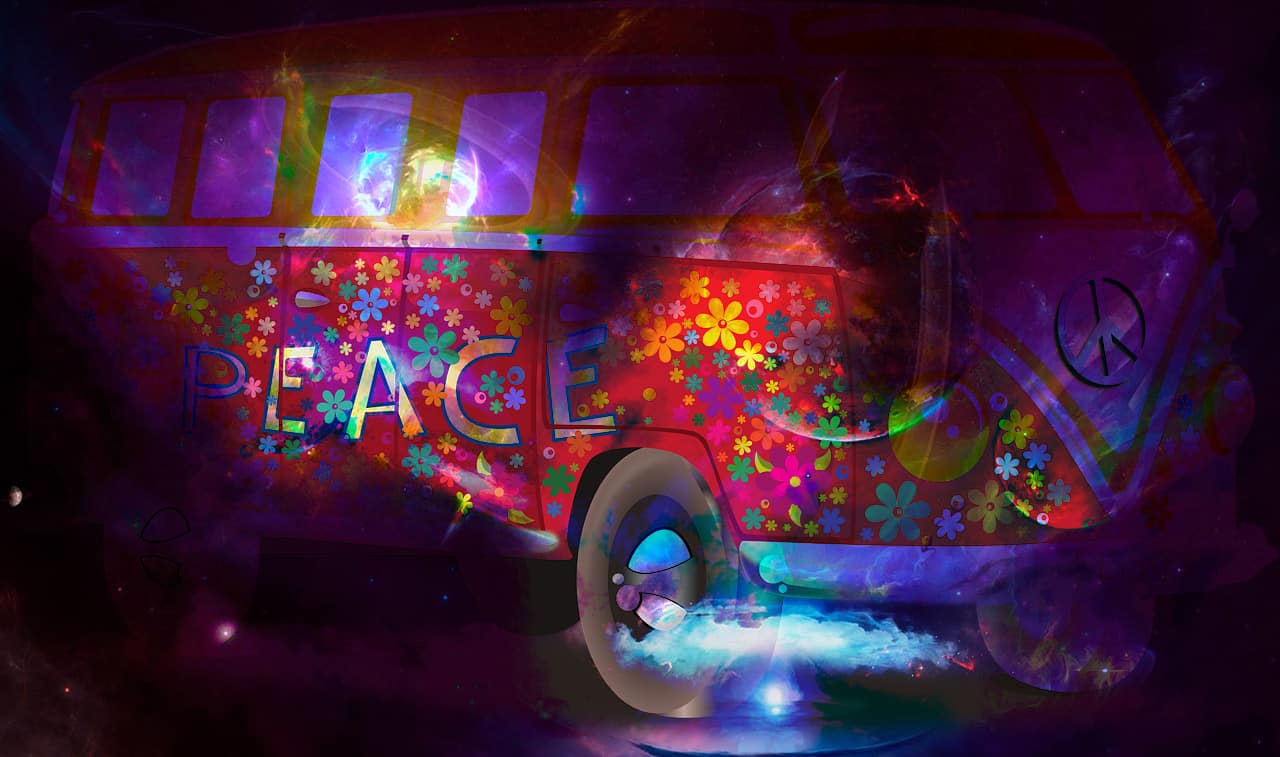
The Top 7 Countries for Psychonauts
Many countries that formerly had very strict psychedelic laws are now relaxing them. This change of heart stems mainly from policy that’s aimed at increasing
Most of us, fairly easily, can conjure up images of a shaman and a group of tribesmen and women dancing around a fire, imbibing psychedelic medicine, and communicating with spirits.
It’s possible that the reason people can call to mind such an image with ease is that it is firmly rooted in our subconscious as a part of our culture’s history. Our ancestors, no matter where we hail from, all used ceremony and psychedelic plant medicine to connect with one another, with nature, and with the gods.
But what was it about these ceremonies, these dances, and these medicines that allowed people to actually open their hearts and minds enough to receive the wisdom of the gods? Those are the questions that we will help you find an answer to in this article.
Shamanic ceremonies or rituals are events in which members of a tribe, culture, or group gather together under the guidance of a shaman. A shaman is an individual trained in the language of nature, able to connect with plant and animal spirits and with a strong connection to the universe and the various energies that it contains.
Nearly every culture on every continent had, or still has, its own variety of shamanic ceremony. Here are a few examples of different shamanic ceremonies and experiences from different cultures.
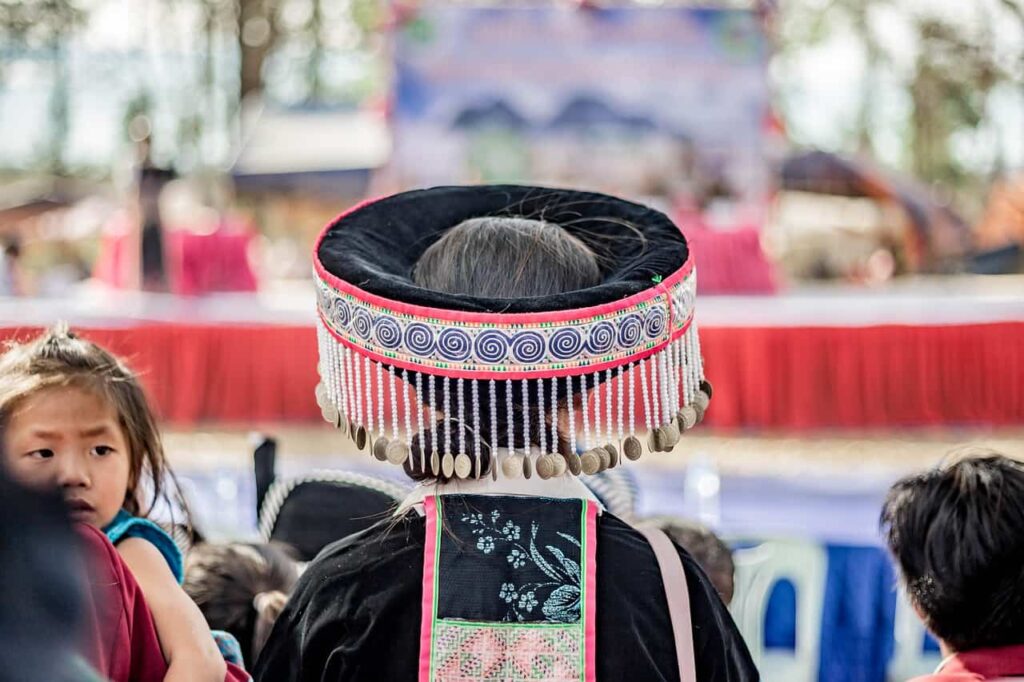
There are numerous forms of shamanism that can be traced back to Asia. Far too many to be listed here A few examples of the more popular forms are:
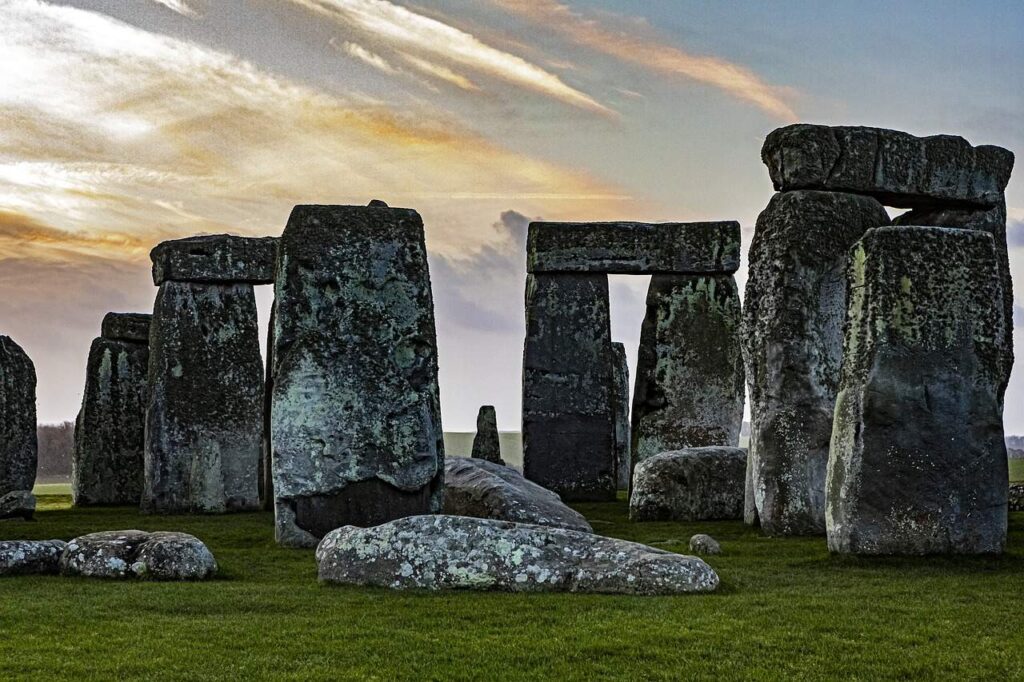
Many of the Shamanic traditions in Europe can be traced back to various Pagan traditions. Paganism is a very broad term that basically describes any sort of religion that focused on the worship of nature.
Pagan shamanism was just as varied as any other sort of shamanism and included all sorts of different rituals, dances, trances, and practices. The main thing shared among different shamanistic rituals was the fact that all of them were based on nature and natural cycles. The goal of a pagan Shaman was to help harmonize the tribe with nature and natural cycles. Doing this allowed for the tribe to follow natural processions and enjoy abundance.

There are a lot of differences in the Inuit and Eskimo cultures that inhabit the northern regions of the planet, and the regions that they occupy are spread across quite a wide area. Eskimo groups stretch from Siberia all the way through to Alaska as well as in Northern Canada and continue on to Greenland. The far north of pretty much every continent will lead you to some sort of Eskimo group.
Shamanistic practices can vary a lot among the northern regions, just like anywhere else. Many shamans functioned as mediators. It was believed that they could communicate with the entities who were responsible for causing disputes and help to settle them. This belief system presupposes that there is an inherent link between all living beings as well as those that have already passed into the afterlife.
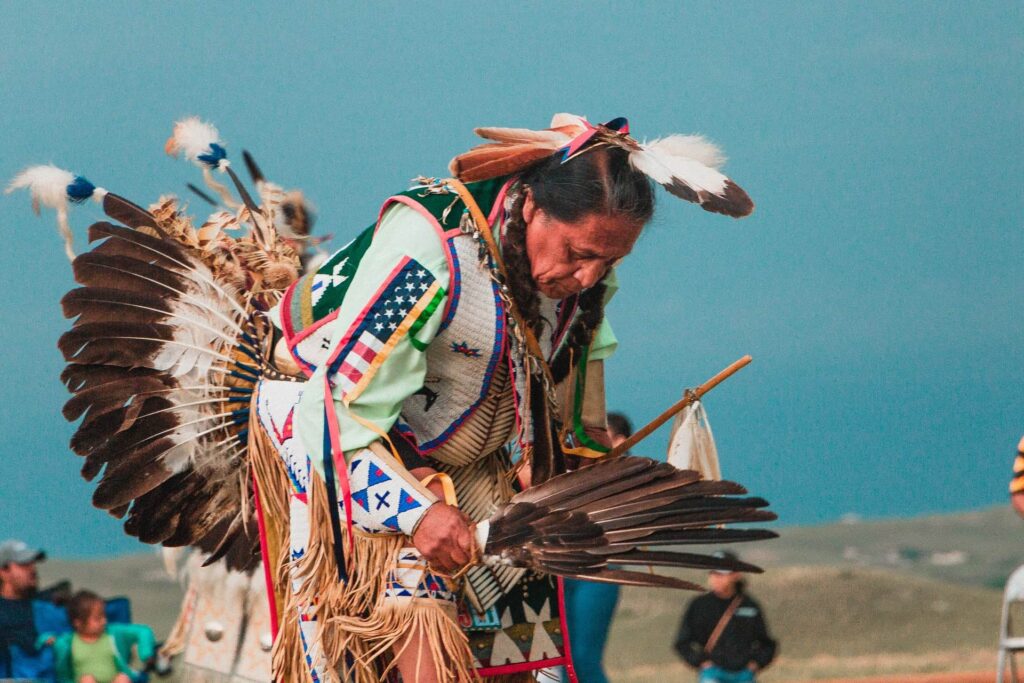
There were so many different tribes of indigenous North Americans that one would be foolish to suggest that their spiritual and mystic beliefs were all alike, or even similar. There were as many different indigenous belief systems as there were tribes, and the number of tribes has never been entirely certain – there are more than 570 surviving tribes in the United States at present, and more than 630 in Canada.
Though the term “Shaman” was never employed in indigenous language here, their cultures were all rich with healers, singers, dancers, medicine men, lore-keepers, and mystics who could commune with the spirits.
These different members of the tribes would work to create harmony and ensure that the tribe was balanced and would achieve success in their endeavors.
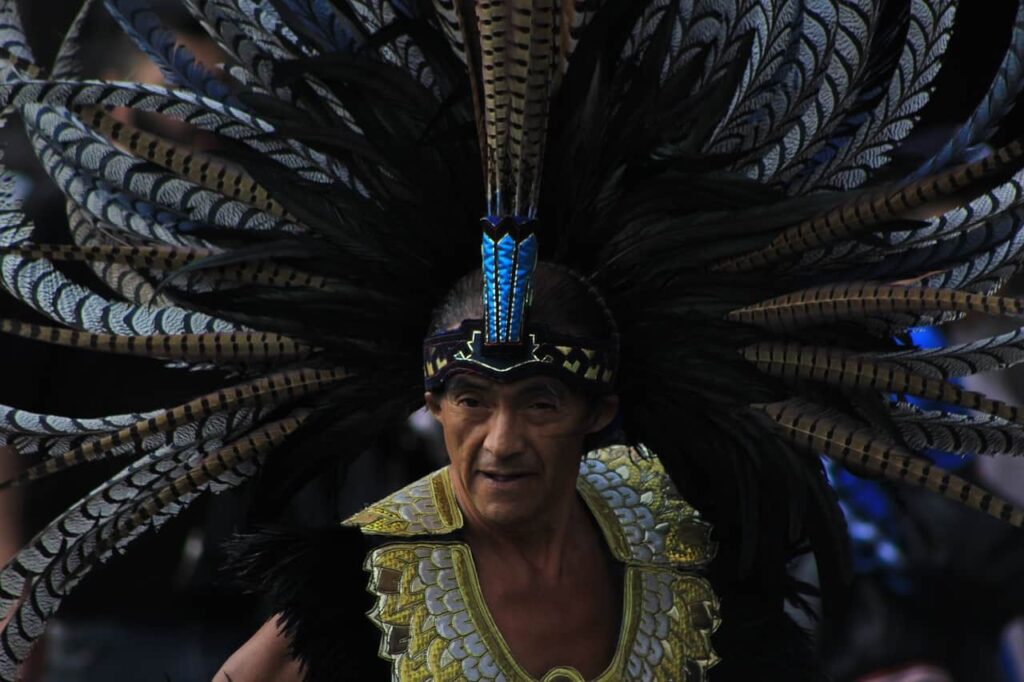
There were many different forms of Shamanism in Central and South America.
The most prominent in Central America were the Mayan and Aztec cultures.
The Mayan culture and religion are some of the most richly developed systems of thought and spiritual belief that the world has ever seen. In fact, much of the Mayan belief system is still used today, and there are many who believe that the Mayan systems of time-telling and counting are much more effective and organic than those that we use today.
The Aztec culture was known to practice human sacrifice in many of its religious festivals. They honored many gods and goddesses, and their shamans would help to keep their people connected to these entities so that they would remain in good standing. The sacrifice of a valued tribal member was said to be the ultimate way to please the gods.
There were many different tribes and acts of shamanism in South America.
Of these, the most popular today are those that reside in the Amazon. In fact, Amazonian shamanism is where most of the modern world first discovered the concept of shamanism and its close link with plant medicine. The Amazonian shamans are known to use a famous plant brew called ayahuasca, and nowadays, people pay many thousands of dollars on trips down to the Amazon so that they can experience the shamanic rituals.
Further south, in Chile, the machi were women in the Mapuche tribes of Chile who helped to perform ceremonies that would cure disease, fight off evil, and help to bring about good weather that would ensure a healthy harvest. Other tribes followed similar shamanistic practices in regions now known as Bolivia and Argentina.
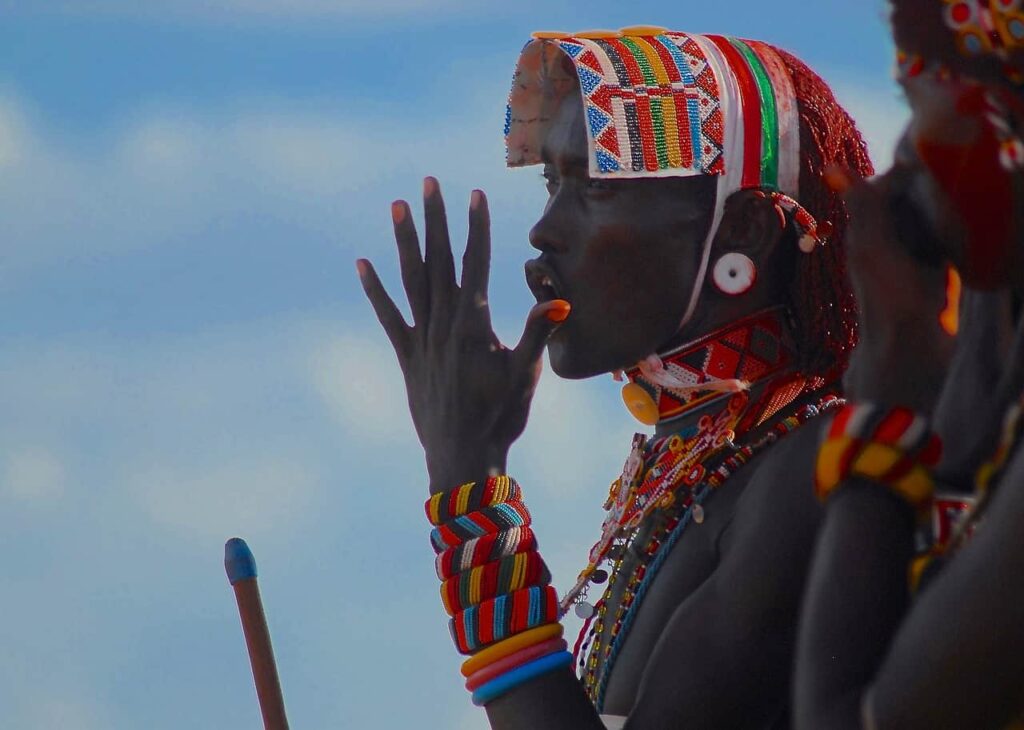
There were as many different types of ritualistic shamanism in Africa as there were cultures, which means that there were far too many to list in our article here. However, a few of the most prolific and long-standing shamanistic practices are still used today.
The Bwiti tribe is perhaps the most well-known of the African groups that practiced shamanism. This is largely due to the fact that their traditional shamanic medicine, iboga, has made its way into mainstream Western culture for its powerful ability to help heal addictions. More on that below in the section on plant medicines.
The Bwiti believe that the Iboga plant connects them directly to god. Their entire culture is based around the worship and respect of the gods who can be reached through the proper use of Iboga.
Bwiti is a spiritual discipline practiced by a number of peoples living in Gabon, most notably the Punu, Mitsogo, and Fang people. Bwiti worship, as it stands today, combines animism, worshipping ancestors, and fragments of Christianity, as well as the use of the Tabernanthe iboga plant.
The Bwiti people cultivate the plant with extreme caution and care, ensuring that it can reach its maximum potency and potential. The plant is regarded as a powerful entity that dedicates its own incredibly valuable time and energy to restore balance and harmony in communities, and individuals. It does this by promoting radical and profound spiritual transformations, and helping people overcome long-standing pathologies, both physical and mental.
One of the more disturbing aspects of African shamanism is that of “medicine murder.” This is the practice of murdering human beings in order to gain access to their body parts or organs which would then be used for medicinal purposes.
There has never been a complete nor accurate record of the frequency and geographical location where murder for body parts occur. The practice is highly controversial for obvious reasons and very few anthropologists are willing to delve too deeply into the topic.
The one who would be leading the murder ceremony (two words that this author never expected to use together!) was almost always a man, however, there have been some more modern cases of females being convicted and charged with medicinal murder (which, despite its traditional status, remains illegal.)
The procedure of a medicinal murderer is as fascinating as it is disturbing. (Caution: squeamish folk may want to skip this section.)
The belief that human flesh is a powerful medicine remains strong in many communities throughout the world, but this is especially true in South Africa. The link is not hard to understand. We are all humans, and we are all made of the same flesh. It only makes sense that medicine brewed from a blueprint of our own flesh and blood could have powerful effects!
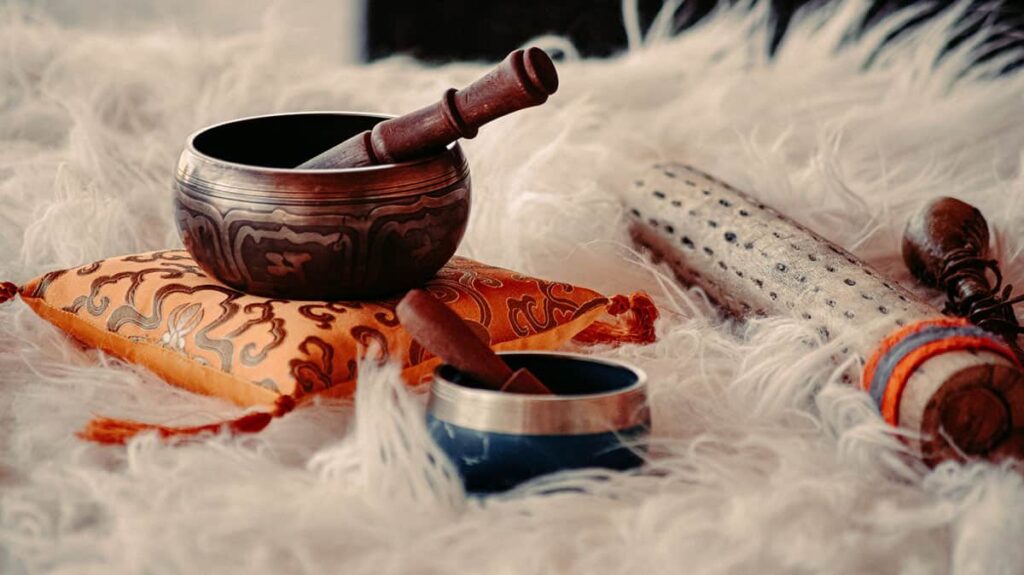
Plant medicine has been used for thousands of years. As people have grown and evolved, so too have their systems of knowledge and understanding. Likewise, the tools, techniques, and amounts involved in the production of plant medicines may have been adjusted over the years – especially as these traditions have been appropriated by other cultures.
In fact, as we will discuss in the next section, many modern shamanic ceremonies have very little to do with their original roots.
In the modern world, many people are aware of at least a few types of plant medicine. Here’s a list of some of the most popular.
Ayahuasca is the most famous plant medicine. In fact, Ayahuasca is probably the reason that most modern people are even aware of plant medicine and shamanism in the first place.
Ayahuasca can be made from a number of different plants, but it’s typically made with the Banisteriopsis caapi or B. caapi vine, which contains an MAOI, as well as a plant containing DMT such as Psychotria viridis, or chacruna, or perhaps Mimosa hostilis which is more commonly used in modern brews produced in Mexico and other Central American countries.
The most important thing is that the brew contains both an MAOI and the DMT. The MAOI is a monoamine oxidase inhibitor. This prevents the body from producing monoamine oxidase, an enzyme that breaks down DMT when it is processed by the liver.
Typically, humans cannot experience DMT when they ingest it orally because this enzyme prevents it from making its way into the bloodstream and thus to the brain. When taken with an MAOI, though, this function is bypassed.
Many tribes prefer to make their Ayahuasca with different ingredients that can subtly (or not so subtly) alter the effects of the overall experience. Unless you’ve specified beforehand what’s in your ayahuasca, you can’t be certain what sort of experience you’re going to have. Even clarifying the ingredients won’t prepare you for the trip.
Contrary to popular belief, traditional Ayahuasca ceremonies were quite different from what we see nowadays. Traditionally, the shaman would be the only one to ingest the medicine. The shaman, or ayahuasquero, would then commune with the spirit of Ayahuasca and find a way to bring harmony and balance to the tribe and the world around them.
The spirit of Ayahuasca would inform the ayahuasquero of the tribe’s current state of health. The shaman would sit in meditation and receive knowledge regarding the struggles and strife, as well as the strengths and the accomplishments, that would need to be considered for future trials for the tribe.
Shamans would also help people who struggled with what conditions that we would nowadays write off as “schizophrenia,” or some other mental pathology. They would interpret and understand their visions and sounds, allowing them to recognize them as a source of power instead of fear. In fact, it was often these people, who heard voices from beyond themselves and who could see things that others could not, who became the tribe’s medicine people – given that they were provided with proper training.
Nowadays, people like this are often left to fend for themselves on the streets, locked up behind bars, or end up heavily sedated in mental institutions. The shamans of the modern world are not heard because their voices are written off as delusions and insanity when really they are trying to warn the rest of us about what sort of terrors lurk around the corner. Our society continues to degrade without the valuable information of the shamans.
Anthropologists have also found evidence of tribes using psychedelic plants to educate themselves about the consumption of other plants.
The anthropologist who published the relevant photo in his book, “The Cosmic Serpent: DNA and the Origins of Knowledge,” was known as Dr. Jeremy Norby. In this image you can see a shaman’s painting of two snakes intertwining with different patterns on their skin. The snakes are intertwined together in the DNA pattern of the double helix, and the marks on their back indicated the different DNA sequences. The shamans would read this information and understand which plants were dangerous and which were not.
All of these matters were generally left to the shaman. Only in very rare cases would members of the tribe imbibe ayahuasca, in specific instances such as during an exorcism. The modern usage of the medicine is much different than what one would have seen in tribal society prior to the presence of white settlers.
Sananga Is another powerful medicine that can be found in the repertoire of many Amazonian tribes. It is generally made from the roots and bark of a plant known as Tabernaemontana undulata, which hails from Brazil and several other nearby Amazonian regions. Both the roots and the bark are then powder to finally be extracted into a juice.
This juice is then dropped into the eyes. It was traditionally used not just to strengthen the sense of everyday sight, but to improve his spiritual sight and clarity. It was often used before Ayahuasca ceremonies to help ensure that those who would commune with Ayahuasca would be able to clearly perceive that the message has offered to buy the plant Spirit.
When Western settlers stumbled upon the medicine, they began to describe it in their own terms. Nowadays, it is common to hear people suggesting that sananga can help people overcome issues like glaucoma, cataracts, farsightedness, and even blindness. It can also allegedly help people improve night vision.
The experience of sananga generally results in an intense burn that lasts a few minutes. This is not dissimilar to the extreme discomfort caused by rapè. Focussing on the discomfort, rather than resisting it and trying to push it away, can bring about a powerful grounding sensation.
Iboga is an incredibly powerful plant medicine with extremely potent psychedelic properties. Some have described it as the most powerful psychedelic on the planet. The experience of an iboga trip can last as long as 72 hours, during which users may be partially or completely incapacitated, completely overwhelmed by hallucinogenic visions.
These visions can take people back through their entire lives. Many that they continue beyond their own lives, through the lives of their ancestors all the way back to the origins of life itself. The experience is always difficult to describe, but most people agree that it is the most intense thing that they have ever lived through.
There is almost always some acknowledgement of a universal connection, as if iboga allows people to experience every component of the universe, throughout the past, present, and future, in a single instance. People live many lives and die many deaths under the influence of the plan
The Bwiti shamans who are familiar with using iboga can communicate with the plant and draw valuable information from their experiences. Rather than being overwhelmed by a sensation of a death or fear, they can communicate directly with the plant and learn more about what to expect and what their tribe will face in the future.
Rapè, pronounced ha-pay, is a powerful form of medicine made from finely ground tobacco and the ashes of various plants. There are many, many different types of rapè. Tribes can make their own rapè blends and distribute or trade them with others. Some blends are designed to provide grounding and stability during intense trips; others are made to help provide courage and strength in times of need.
Rapè is usually administered through a tool: either a tepi or a kuripe.
Rapè is generally a very intense experience for those unfamiliar. Those who have used it a lot often find that they come to enjoy its intensity. One must remain focused on their breathing and must do so through their mouth, as their nasal cavities will be streaming mucus. Most likely their eyes will be st alsoreaming tears.
If you can find the razor-sharp balance of present-moment awareness that underlies this intense physical experience, however, the discomfort ceases to be an issue, and the powerful breadth of infinite awareness that hides beneat our every moment takes over thanks to the clarity provided by the rapè.
Nowadays, ancient plant medicines have become a trend. People are willing to pay thousands of dollars to stay at expensive retreat centers where they can participate in Ayahuasca ceremonies guided by self-proclaimed shamans and ayahuasqueros.
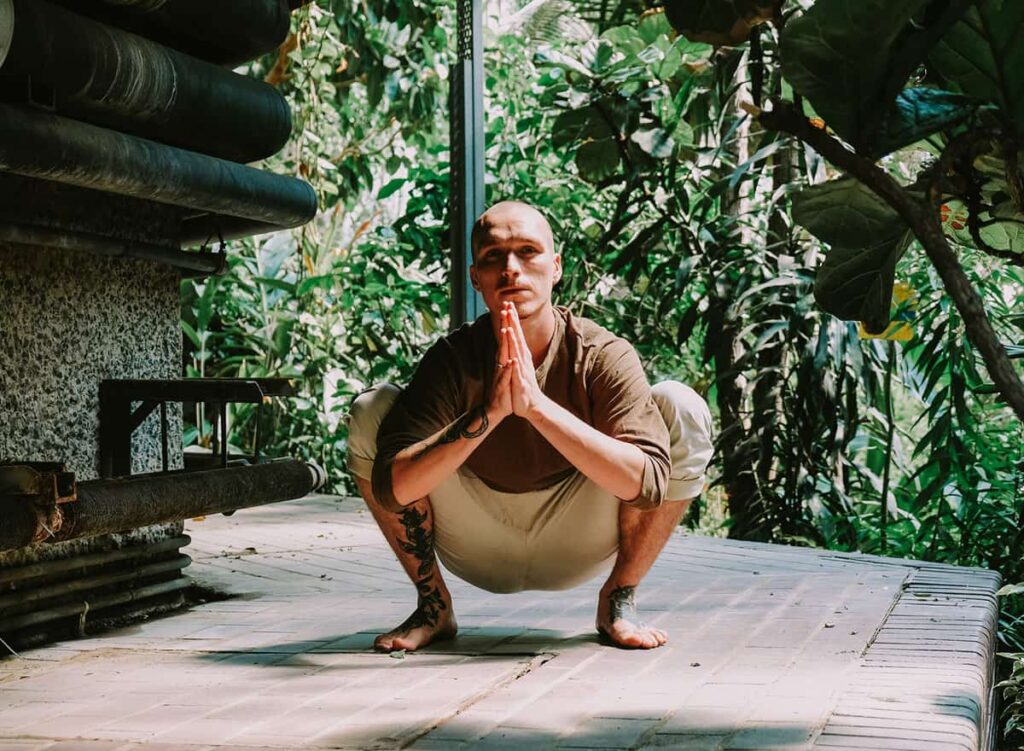
It can be very difficult to determine whether or not the people leading these ceremonies are legitimate. After all, how can one define what makes a shaman legitimate?
What we know for certain is that there are huge numbers of people claiming to have a strong connection with ayahuasca. Some of these people speak the truth. Others have simply had a few experiences with ayahuasca and wish to share these experiences with others and so label themselves as shamans and facilitate ceremonies.
Yet others have very little understanding of ayahuasca or traditional ceremonies and only host retreats so that they can make a few thousand bucks over a weekend and then retire early.
In the case of the latter two, things can actually get quite dangerous. Ayahuasca is not inherently dangerous, but it certainly can be. If facilitators are not aware of the potential interactions between ayahuasca and certain medications, then clients could have adverse reactions and even die.
Furthermore, ayahuasca ceremonies can fluctuate quickly from emotional extremes, with joyous laughter on one end and screaming, crying, or even violence at the other end. A skilled ayahuasquero must be capable of bringing an element of control into this group so that nobody becomes overwhelmed or traumatized.
Sadly it’s pretty much impossible to discern beforehand whether or not you’re walking into an authentic experience or a cash grab. Ultimately it’s up to you to follow your intuition and look for red flags.
Modern science has always been fascinated with extracting the most powerful compounds from plants. When scientists discover that a plant has certain benefits, they quickly go about trying to identify which compound is most responsible for this benefit. Then, they isolate the compound, extract it, create products containing extremely high potencies of this compound alone, and market that as the medicine.
There are a number of obvious problems with his approach. Firstly, nature knows what it’s doing. These plants have evolved over billions of years. Plants often contain a wide variety of different compounds that help to create a synergistic effect in the body and produce more benefits than any of the individual compounds.
The same is true when it comes to plant medicines like iboga. Most legal iboga ceremonies in the United States are done with an extract of the main active constituent in the plant, ibogaine, rather than the whole plant extract.
Even though most people report successful experiences when using the extracted form, many would agree that there is a spiritual disconnect that prevents the user from actually getting to know the plant’s spirit.
It’s often said that anybody who truly cares to provide medicine to people will do it for free. There’s an element of truth to this, however, people – medicine men or not – also need to eat. Unless the ceremony in question is run by an individual or a group of people who are fully self-sufficient and capable of living off the land, then they will likely still require money in order to eat.
Where, then, do you draw the line between reasonable and excessive costs? Ceremonies generally last at least three days and cost at least a thousand dollars – on the cheap end. This includes amenities, food, lodging, and the guidance of the facilitator, as well as the price of the medicine itself.
However most people feel that these prices are extreme, and that’s not even to mention the more expensive ceremonies that cost anywhere from $3,000 t $10,000.
How do you determine whether somebody has been trained properly and is thus worth the payment?
If you really want to find the most authentic experience, then your best bet is to commit yourself to a long journey. Not just the journey of the medicine ceremony itself, but the journey of finding out and calling the plant medicine to you – or, rather, allowing yourself to be called to the plant medicine.
This might mean traveling to a South American jungle, trying to learn the local languages, spending time at a work share and helping out on farms with the locals, and occasionally questioning whether or not there is somebody trained to deliver plant medicine ceremonies.
Certainly, there are hundreds of websites online that can link you up with plant medicine ceremonies and allow you to directly email or dial up the shaman themselves. If reading the last line made you somewhat uncomfortable then you would most likely have a much better experience earning how to integrate into a tribe and meet directly with their shaman..
You can probably even find some in your local city or, if you live in a small town, in a nearby city There’s nothing to say that these ceremonies aren’t legit, but there’s also nothing to say that they are. When it comes down to it, ask yourself and your intuition.
Are you comfortable doing an ayahuasca ceremony in the middle of the concrete urban jungle? Are you comfortable using plant medicines that were imported from South America rather than travelling there yourself and using freshly harvested medicine?
If the answer to these questions is yes, and don’t hesitate to reach out to a local facilitator. There are plenty of cases in which somebody might not be able to make the long journey down south or to wherever plant medicine ceremonies are offered. Follow your intuition, and you will undoubtedly find the ceremony that is right for you.
The most popular use of iboga, or rather the extracted form of ibogaine hydrochloride, is to help people overcome addiction. Ibogaine treatment has a shocking success rate, much higher than you would see at a traditional rehab.
In addition to the trip providing an intense psychological journey for the individual, iboga has a number of biological functions that can help to reduce withdrawal symptoms. It functions as a powerful NMDA antagonist, which makes it capable of reducing not only the severity of withdrawal symptoms but an individual’s tolerance level, especially for opiate drugs.
Shamanism and plant medicine have been closely linked since the beginning of human/ history. As long as people have been using plants and communing with spirits, there have been members of their societies who have excelled in these areas called shamans.
The modern use of plant medicine is quite a bit different than the ancient usage. Nowadays, people pay people who call themselves shamans tons of money in order to have them guide the ceremonies. There is still a lot of benefit to using medicine this way but the traditions have certainly changed.

Many countries that formerly had very strict psychedelic laws are now relaxing them. This change of heart stems mainly from policy that’s aimed at increasing

The latest Holistic treatments offer ways of alleviating the effects of ADHD and autism. By incorporating all aspects of a person’s health, including physical/mental health,

For the eager minds of the fitness world, discovering fresh ways to elevate their workout game is akin to furthering your journey. Microdosing, a
Microdosing and Silicon Valley? Those unfamiliar with microdosing may find that the term conjures up images of mushroom-munching hippies with long hair. However, microdosing has

There’s no beating around the bush: psychedelics are becoming more popular, and it looks like it’s going to stay that way. Not only are scientists

Although the brain remains the most mysterious organ in the body, our knowledge of the brains functions is growing rapidly. The brain’s functions have
GET 10% DISCOUNT WITH NOTIFIED ABOUT THE LATEST NEWS AND UPDATES. NO SPAM, WE PROMISE!
FREE Tracked shipping on orders over €250 to EU countries.
Monday- Friday 8.30am- 5pm (CET)
A range of options available
Guaranteed delivery or your money back